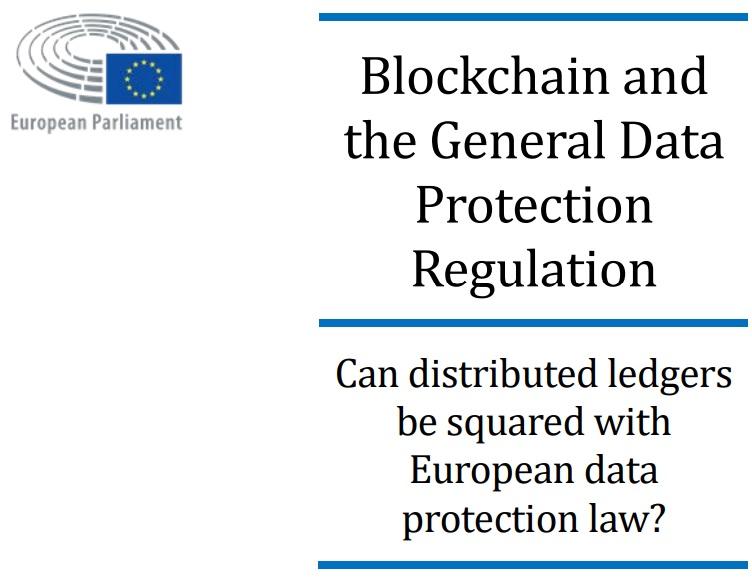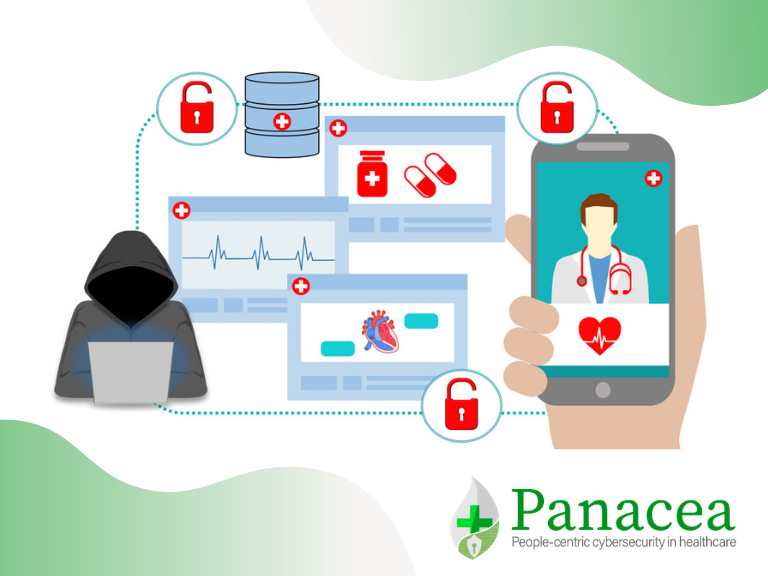The number of cyber-attacks around the world exploded in 2020: exploiting the Covid-19 pandemic as an opportunity for cybercriminals to take advantage of the shift in focus towards smart working and hospital staff transferred to the frontline.
Blockchain and the General Data Protection Regulation. Can distributed ledgers be squared with European data protection law?

Blockchain is a much-discussed instrument that, according to some, promises to inaugurate a new era of data storage and code-execution, which could, in turn,stimulate new business models and markets. The precise impact of the technology is, of course, hard to anticipate with certainty, in particular as many remain sceptical of blockchain's potential impact.
In recent times, there has been much discussion in policy circles, academia and the private sector regarding the tension between blockchain and the European Union's General Data Protection Regulation (GDPR). Indeed, many of the points of tension between blockchain and the GDPR are due to two overarching factors. First, the GDPR is based on an underlying assumption that in relation to each personal data point there is at least one natural or legal person – the data controller – whom data subjects can address to enforce their rights under EU data protection law.
These data controllers must comply with the GDPR's obligations. Blockchains, however, are distributed databases that often seek to achieve decentralisation by replacing a unitary actor with many different players. The lack of consensus as to how (joint-) controllership ought to be defined hampers the allocation of responsibility and accountability. Second, the GDPR is based on the assumption that data can be modified or erased where necessary to comply with legal requirements, such as Articles 16 and 17 GDPR. Blockchains, however, render the unilateral modification of data purposefully onerous in order to ensure data integrity and to increase trust in the network. Furthermore, blockchains underline the challenges of adhering to the requirements of data minimisation and purpose limitation in the current form of the data economy.
This study examines the European data protection framework and applies it to blockchain technologies so as to document these tensions. It also highlightsthe fact that blockchain may help further some of the GDPR's objectives. Concrete policy options are developed on the basis of this analysis.

